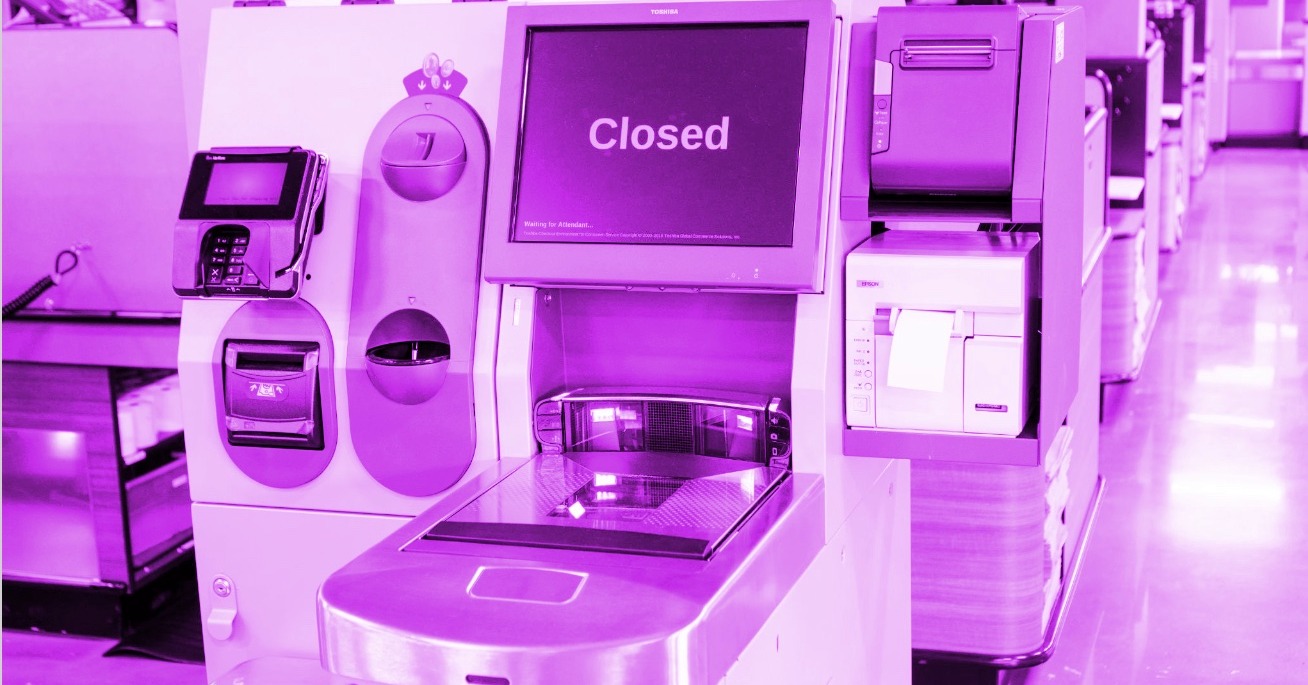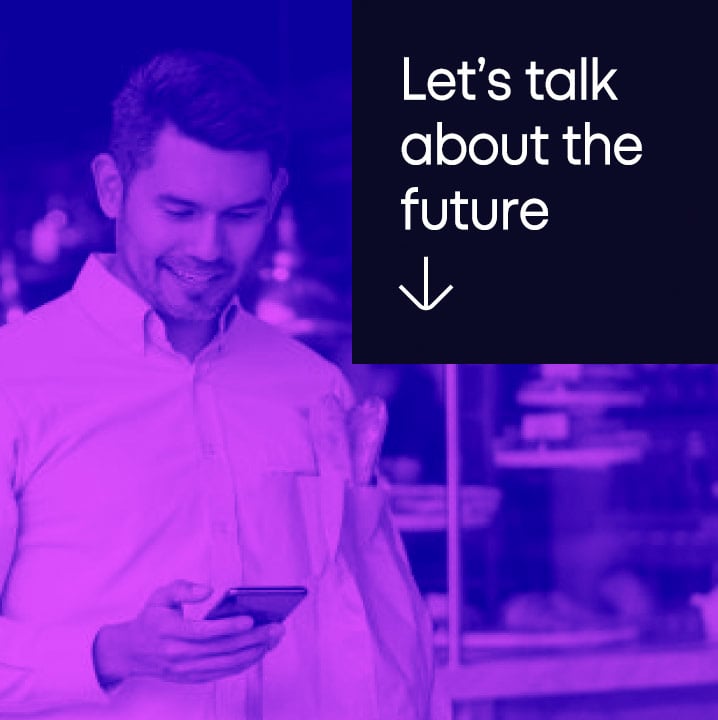As checkout-free shopping continues to expand throughout the world of retail, inevitable comparisons to self-checkout have followed, but it’s important to note the differences. Even though self-checkout continues to be adopted by retailers, with an 11% increase in the global market in 2021, the technology is 25 years old and continues to grapple with mixed reviews on whether it improves the customer experience.
Checkout-free technology, however, is fast becoming today’s approach to modernizing and streamlining in-store shopping, forecasted to grow by over 90% annually. Innovation focused on removing friction for the shopper results in increased revenues and operational efficiencies for retailers. It begs the question, why do some retailers consider self-checkout and checkout-free technologies to be interchangeable? When it comes to both the customer experience and the revenue potential, there are a few key differences to keep in mind.
#1 - With Checkout-Free, Shoppers Do Less, Not More
The most obvious difference between self-checkout and checkout-free is the shopper’s involvement in finalizing the purchase. With self-checkout, shoppers are tasked with individually scanning their items at a checkout kiosk. While the shopper may feel their experience is faster compared to traditional checkout, research shows self-checkouts aren’t actually any faster than a regular checkout line. Essentially, shoppers are expected to do more work without reducing their wait time, compared to checkout-free where the shopper doesn’t have to stop to check out at all.
While there have been advances in self-checkout over the past 25 years, including the introduction of newer AI-vision-based systems, shoppers still need to stop and check out before leaving the store and staff still need to monitor and assist shoppers with this process. Checkout-free stores reduce the work for both shoppers and employees.
#2 - Checkout-Free Can Reduce Theft, Self-Checkout Can Encourage It
Consumer frustration isn’t the only thing running high with self-checkout. In 2021 alone, retail shrinkage represented $94.5 billion in losses, with approximately 37% attributed to external theft. Self-checkout has proven to be an alluring target for shoplifters, as research shows that shrink with self-checkout solutions can be as much as doubled compared to traditional checkout. Part of this shrink can be attributed to honest mistakes where shoppers simply don’t understand how to use the system, but that doesn’t make it any less expensive to the retailer.
While theft is by no means a new issue for retailers, this new vulnerability self-checkout brings has caused many retailers to increase the utilization of AI-based video analytics and other technologies to prevent the loss. Other retail chains have tried and failed with self-scanning technologies to add accountability but ended up shuttering the efforts for a variety of reasons. Conversely, checkout-free stores are designed in a way that significantly reduces the risk of external theft. In these stores, only shoppers with valid payment methods can enter and no matter how they carry an item, even if it’s in a purse or jacket pocket, they get charged for what they leave with.
#3 - Checkout-Free is a Disruptor, Advanced Self-Checkout is a Single Step
Plainly said, self-checkout isn't a great experience for many shoppers. The majority of users have experienced a self-service failure, and the time waiting in line remains high. This is a major issue we discovered in a recent, Zippin-owned survey which found that shoppers' tolerance for long lines has dwindled significantly since the COVID-19 pandemic, creating a $555 billion headwind for retailers. With these current attitudes at the forefront of shoppers’ mind, checkout-free technology proves to be a complete disruption to the shopping journey as opposed to simply redistributing the friction.
For retailers, self-checkout kiosks take up large footprints and can be expensive to install and maintain, which is hardly much of an improvement over traditional checkout lanes. At checkout-free stores, there are no kiosks or checkout lanes, freeing up valuable selling space on the sales floor while allowing shoppers to simply leave the store with their purchase without stopping.
The Frictionless Future is Here
Checkout-free fundamentally changes the in-store shopping experience into a natural and frictionless process that’s convenient and easy to use. In addition to reducing shrink, checkout-free also addresses the struggles retailers are facing with hiring and retaining store personnel. Stores can operate with lower labor requirements, and jobs are transformed from being boring and transactional to being more personal and rewarding.
As the industry faces rising shopper expectations and uncertain economic conditions, savvy retailers are turning to checkout-free to stay ahead of the curve. Zippin’s checkout-free retail platform is helping retailers of all types eliminate friction and deliver an exceptional customer experience. Recent successes in sports & entertainment and travel have proven the benefits that can be achieved, including higher revenues, faster speed of service, and streamlined operations. Zippin offers flexible deployment options and an API-first platform that make it easy to get started with checkout-free, no matter the type of retailer. There are more than 90 Zippin-powered stores that have served more than 1.4 million shoppers to date.
Have more questions? Reach out to the Zippin team below to hear more.




